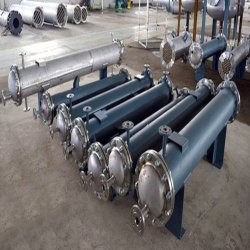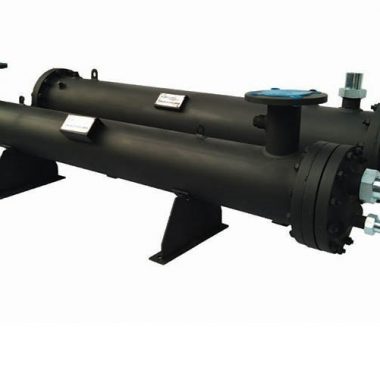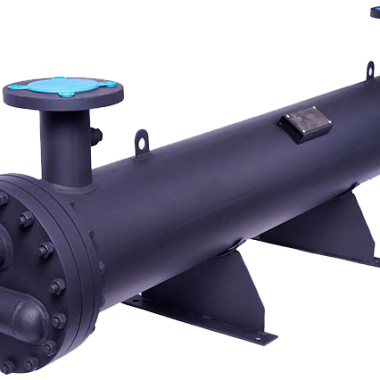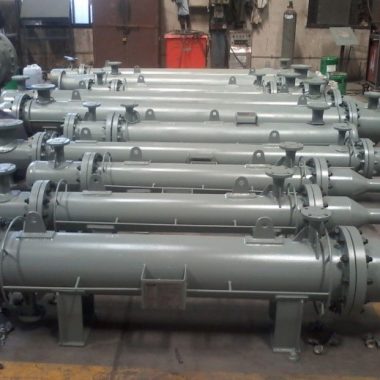Efficiency Enhancement Techniques for shell and tube Heat Exchangers
Efficiency Enhancement Techniques for shell and tube Heat Exchangers
Productivity upgrade methods for shell and tube heat exchangers are vital for optimizing heat transfer and moving forward overall execution. Efficiency Enhancement Techniques for shell and tube Heat Exchangers: Here are a few methodologies to improve efficiency:
1) Surface Modification:
- Execute surface improvements like turbulators, twisted tapes, or dimpled tubes to actuate turbulence and progress heat transfer coefficients.
- Apply surface coatings or medications to diminish fouling and scale formation, guaranteeing smoother flow and superior thermal conductivity.
2) Flow Optimization:
- Design confuses and flow executives to guarantee uniform distribution of liquid over the tube bundle, minimizing flow maldistribution and improving heat transfer efficiency.
- Utilize computational fluid dynamics (CFD) recreations to optimize flow designs and velocity profiles, maximizing heat transfer rates.
3) Tube Geometry:
- Investigate different tube geometries, such as inside enhanced tubes or enhanced fins, to extend the successful surface zone for heat transfer.
- Consider utilizing microchannel or miniaturized tubes to move forward heat a transfer execution whereas reducing size and weight.
4) Variable Flow Control:
- Execute variable flow control components, such as flow control valves or variable frequency drives, to adjust flow rates based on operating conditions.
- Optimize flow distribution to minimize pressure drop whereas maintaining compelling heat transfer rates across the entire tube bundle.
5) Cleaning and Maintenance:
- Establish regular cleaning and support plans to avoid fouling and scaling on tube surfaces, guaranteeing reliable heat transfer execution.
- Employ online cleaning systems, such as programmed tube cleaning systems or chemical cleaning strategies, to remove stores and maintain optimal efficiency.
6) Material Selection:
- Select materials with tall thermal conductivity and corrosion resistance to improve heat transfer effectiveness and draw out equipment life expectancy.
- Consider progressed materials or coatings that minimize fouling and corrosion, improving long-term execution and lessening maintenance prerequisites.
7) Thermal Insulation:
- Apply thermal cover around the shell and tube gathering to minimize heat losses and improve energy efficiency.
- Utilize cover materials with low thermal conductivity to diminish heat transfer losses and maintain fluid temperatures.
8) Progressed Design and Analysis:
- Utilize progressed design methods, such as computational fluid dynamics (CFD) modeling and finite element analysis (FEA), to optimize heat exchanger performance and minimize pressure drop.
- Perform thorough testing and approval to guarantee that plan enhancements effectively improve efficiency without compromising reliability or security.
By implementing these effectiveness enhancement techniques, engineers can altogether improve the performance of shell and tube heat exchangers, resulting in improved thermal efficiency, diminished energy consumption, and expanded equipment life.

Efficiency Enhancement Techniques for shell and tube Heat Exchangers




